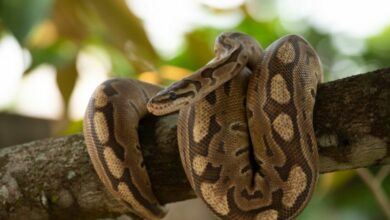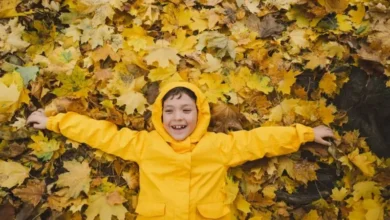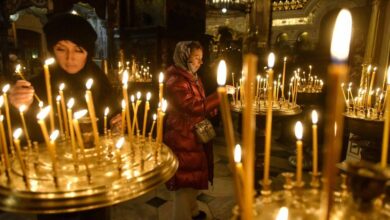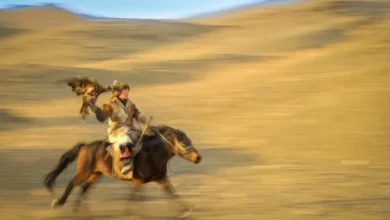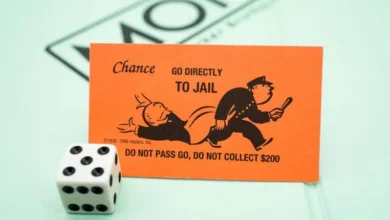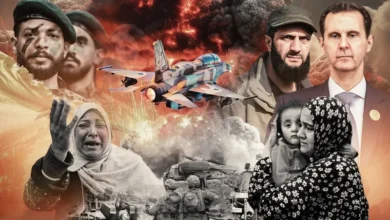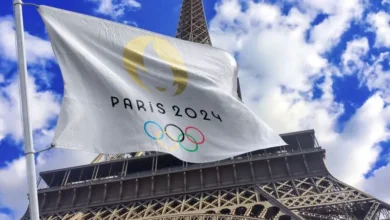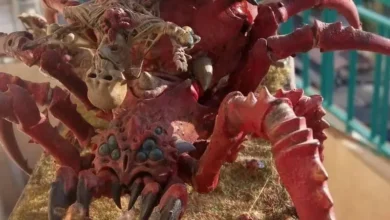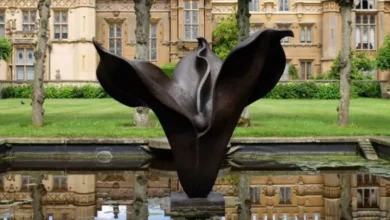What is Halloween and why is it celebrated?
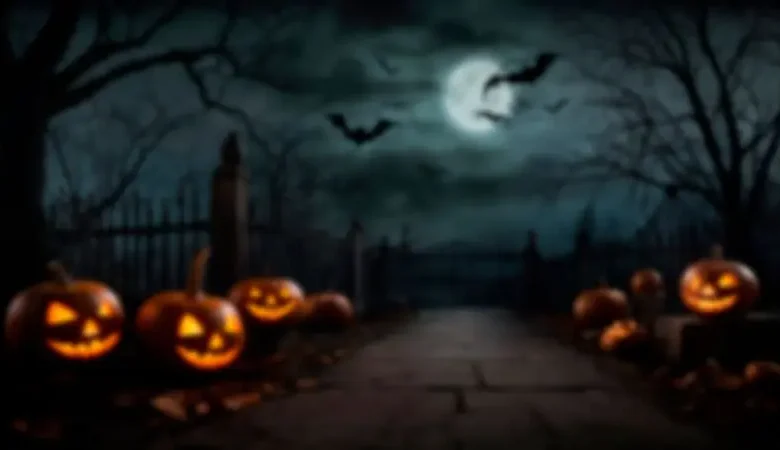
Halloween, celebrated on October 31, is a holiday known for its spooky and playful traditions. People of all ages participate by dressing in costumes, carving pumpkins, going trick-or-treating, and attending parties. But Halloween has a deeper history rooted in ancient cultural practices.
Halloween’s origins trace back to the Celtic festival of Samhain, a pagan celebration that marked the end of the harvest season and the beginning of winter. The Celts, who lived in regions like present-day Ireland, the United Kingdom, and northern France, believed that on the night of October 31, the boundary between the living and the dead blurred. Spirits of the deceased were thought to return to earth, potentially causing trouble or damage to crops.
To ward off these spirits, the Celts would light bonfires and wear costumes made from animal skins, hoping to confuse or scare away the wandering ghosts. Additionally, they offered food and drinks to appease the spirits.
As Christianity spread through Celtic lands, the church sought to replace pagan traditions with Christian ones. In the 8th century, Pope Gregory III designated November 1 as All Saints’ Day, a day to honor saints and martyrs. The night before became known as All Hallows’ Eve, which later evolved into “Halloween.”
The idea of spirits visiting on this night persisted, but the traditions began to blend. People in medieval Europe would dress up as saints, angels, or devils to honor the dead, a custom that eventually transformed into the costumes we associate with Halloween today.
Modern Halloween Traditions
- Trick-or-Treating: This popular activity likely evolved from the medieval practice of “souling,” when poor people would go door to door offering prayers for the dead in exchange for food or “soul cakes.” Over time, it morphed into the modern tradition of children dressing in costumes and asking for candy.
- Costumes: The practice of wearing costumes is rooted in the Celtic belief of disguising oneself from harmful spirits. Today, costumes range from spooky to playful, with people dressing up as everything from ghosts and witches to superheroes and pop culture icons.
- Pumpkin Carving (Jack-o’-Lanterns): The tradition of carving pumpkins originated from the Irish myth of “Stingy Jack,” a man who tricked the devil and was doomed to roam the earth with only a carved-out turnip to light his way. When Irish immigrants came to America, they found pumpkins easier to carve, creating the familiar jack-o’-lantern tradition.
- Parties and Haunted Houses: Halloween has also become a time for social gatherings, with haunted house attractions and themed parties being popular ways to celebrate. These modern twists help keep the festive, spooky spirit alive.
Why is Halloween Celebrated?
Today, Halloween is celebrated as a fun and lighthearted holiday. While its origins lie in ancient rituals honoring the dead, it has evolved into a time for creativity, play, and community interaction. People enjoy the thrill of fear and the excitement of dressing up, while children look forward to the candy and festivities. The holiday is a blend of ancient customs and modern entertainment, providing something for everyone to enjoy.
In essence, Halloween is a celebration that honors the past while embracing the joy of the present, allowing us to step into a world of imagination and fun for one night each year.
